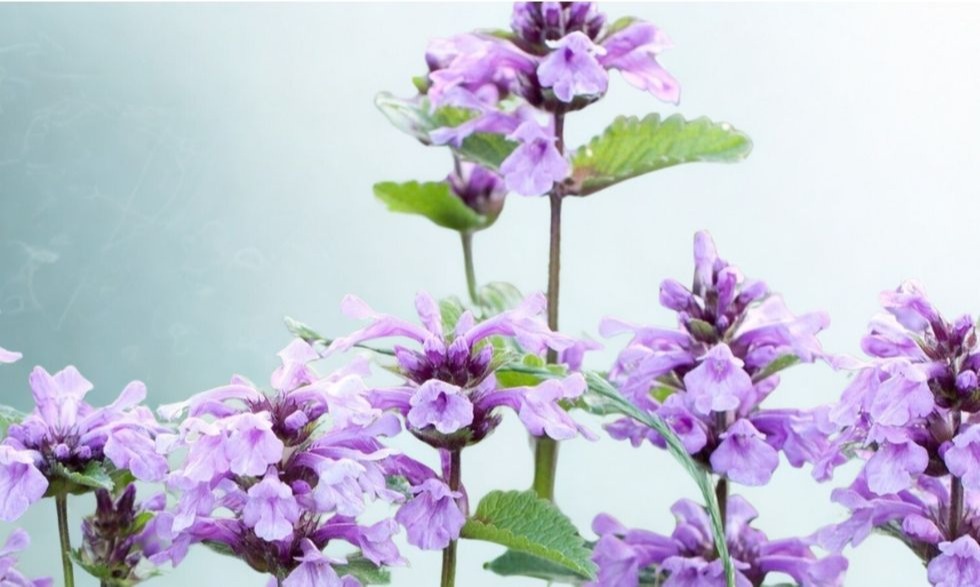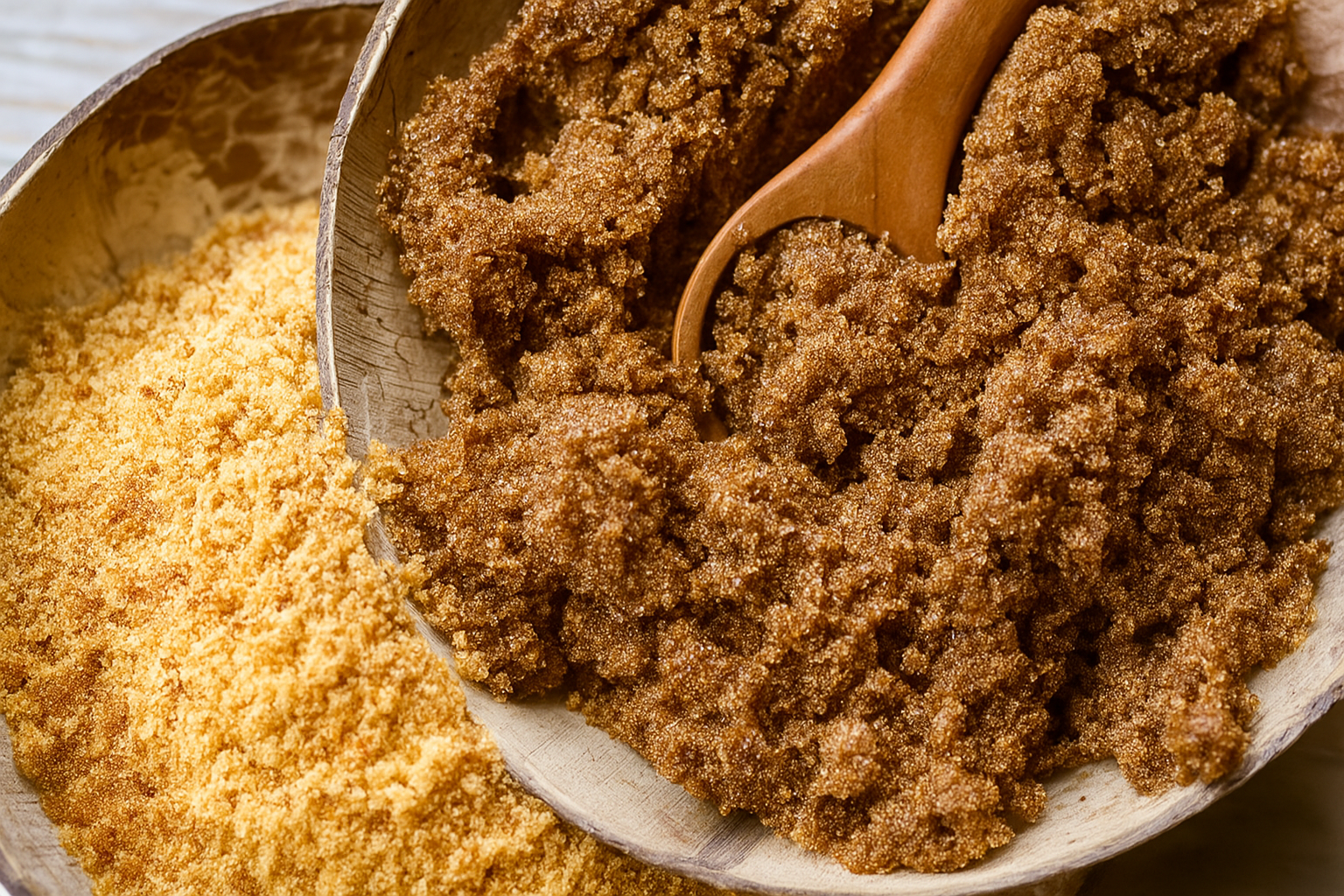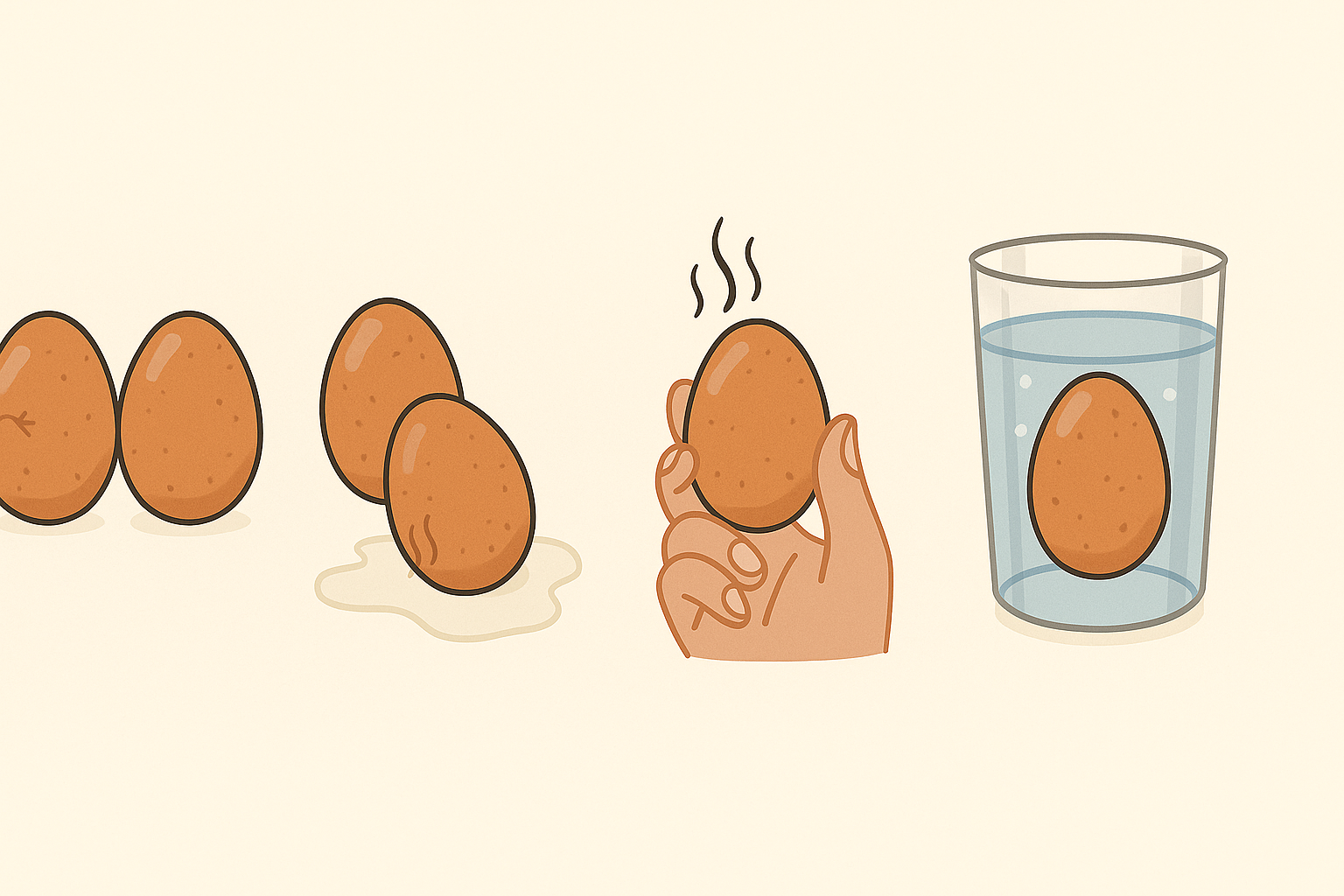In this comprehensive guide, we’ll explore Nepeta cataria from every angle—its origin, how it affects cats, its medicinal uses for humans, how to grow it at home, and even how to use it in teas and home remedies. Let’s dive deep into the world of this extraordinary plant.
What Is Nepeta Cataria?
Nepeta cataria is a perennial herb native to Europe and Asia, but it’s now widely grown across North America and other parts of the world. It thrives in temperate climates and is easy to grow, even for beginner gardeners. The plant typically has gray-green leaves, a square stem (like all mint family members), and small white to purple flowers that bloom in late summer.
Its most active compound is nepetalactone, an essential oil found in the leaves and stems that triggers unique behaviors in cats.
Why Do Cats Love Nepeta Cataria?
One of the most well-known facts about catnip is its intoxicating effect on cats. When cats smell nepetalactone, it binds to receptors in their nasal tissue and stimulates sensory neurons that affect behavior.
Here’s what typically happens:
- The cat sniffs, licks, or rubs the plant.
- It may start rolling on the ground, meowing, purring, or playfully jumping.
- The effect usually lasts 5–15 minutes, after which the cat loses interest.
- After a short refractory period, it may be responsive again.
Not all cats are affected—only about 60–70% of cats are sensitive to catnip, and sensitivity is hereditary. Kittens under 3 months usually don’t react.
Other Animals and Catnip: Do They React?
While Nepeta cataria is mainly famous for its feline attraction, it doesn’t affect dogs or most other animals in the same way. However, it does act as a natural insect repellent and is often used to deter mosquitoes, cockroaches, and flies.
Human Uses of Nepeta Cataria
Beyond its feline fascination, Nepeta cataria has many traditional and herbal uses for humans. Here are a few of the ways it’s used in herbal medicine:
1. Soothing Herbal Tea
Catnip leaves and flowers are often brewed into a calming tea that may help with:
- Insomnia
- Anxiety and stress
- Digestive issues like indigestion and cramping
- Cold and flu relief (mild expectorant and antipyretic)
2. Natural Sleep Aid
Thanks to its mild sedative properties, catnip tea has been used for generations to promote restful sleep.
3. Anti-inflammatory and Pain Relief
Some topical catnip applications, like salves or poultices, are used to ease muscle soreness, arthritis, and minor skin irritations.
4. Women’s Health
Traditional healers have used catnip tea to ease menstrual cramps and support a more regular cycle.
Always consult a healthcare provider before using herbal remedies, especially if pregnant or taking medications.
How to Grow Nepeta Cataria at Home
Growing catnip is simple and rewarding. Here’s how you can cultivate your own Nepeta cataria:
Ideal Conditions:
- Sunlight: Full sun to partial shade
- Soil: Well-drained, average soil
- Watering: Moderate; avoid overwatering
- Spacing: Leave 18–24 inches between plants
Steps to Grow:
- Start from seeds indoors or sow directly into the garden after frost.
- Water regularly but do not let the roots stay soaked.
- Once the plant matures (about 70–90 days), harvest the leaves by trimming the top stems.
- Dry leaves in a dark, ventilated area and store in an airtight container.
Catnip spreads easily, so consider planting it in containers if you want to control its growth.
How to Use Nepeta Cataria
There are many creative and practical ways to use catnip around the house:
For Cats:
- Stuff it into toys or sprinkle on scratching posts.
- Make homemade catnip sprays using dried catnip and water.
- Use it during training or enrichment to promote healthy play.
For You:
- Brew as tea by steeping 1-2 teaspoons of dried leaves in hot water for 5–10 minutes.
- Add to herbal bath soaks to relax muscles and calm the nerves.
- Use dried catnip in aromatherapy pillows for better sleep.
Is Catnip Safe?
Yes, Nepeta cataria is generally safe for both cats and humans when used appropriately.
For Cats:
- It’s non-addictive and non-toxic.
- Overexposure may cause mild digestive upset—moderation is key.
- Avoid giving it to aggressive or anxious cats without supervision.
For Humans:
- Side effects are rare but may include mild drowsiness.
- Pregnant women should avoid it as it may stimulate uterine contractions.
Fun Facts About Nepeta Cataria
- Catnip was used in medieval Europe as a kitchen herb and medicinal tea—before black tea was common.
- Some studies suggest that nepetalactone is more effective than DEET at repelling mosquitoes!
- Nepeta cataria has also been explored in biopesticides for organic farming.
Final Thoughts
Nepeta cataria is more than just a treat for your furry feline—it’s a versatile and fascinating herb with a long history of human use. Whether you’re growing it in your garden, brewing it in tea, or delighting your cat with its magic, catnip is a wonderful example of how nature provides both fun and function.
So next time you think of catnip, remember it’s not just a cat’s favorite plant—it could be your next favorite too.







Leave a Reply